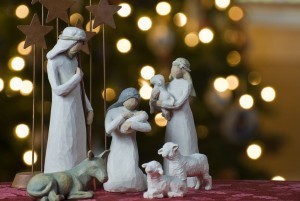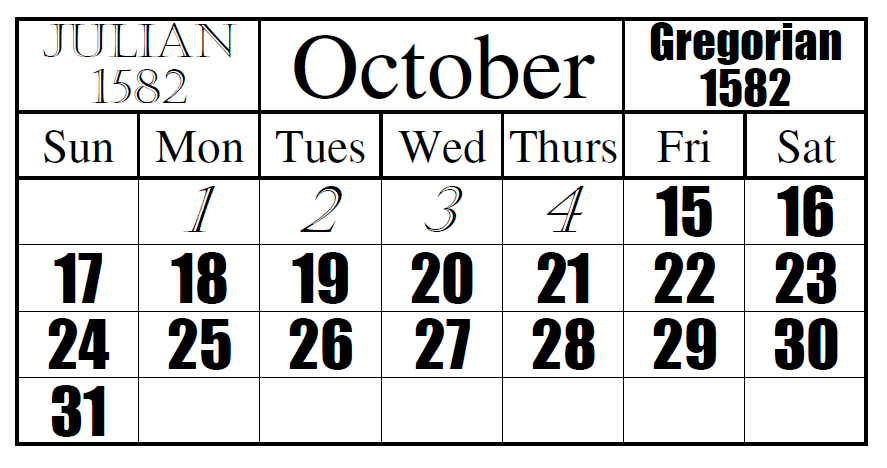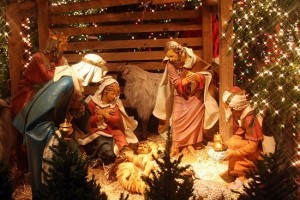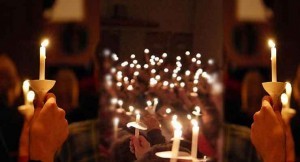Although the celebration and customs of this holiday differ from country to country, it manages to remain one of the most favorite holidays in the Christian world.
Christmas is definitely a domestic holiday since people celebrate it in a warm atmosphere together with their families and loved ones.
During the period of the holiday, everyone is happy and eager to congratulate each other. The following is how one congratulates another during Christmas:
“Christ is Born and Revealed Great Tidings to you and us”!
Christmas is a holiday which grants everyone with love, kindness and hopes that one’s dreams will come true. Our souls are trembling from cherished feelings. Everyone gets filled with strong belief and a very happy mood.
The Armenian Apostolic Church celebrates Christmas together with another holiday called Epiphany on January 6th. Epiphany means the revelation that Jesus was the son of the God. On Epiphany, some Churches, like the Armenian Church, also celebrate the Jesus’ Baptism, which is when Jesus started his adult ministry.
December 25 versus January 6
Now you may have a question as to why Armenians do not celebrate the holiday on December 25th, like other countries do.
It is obvious that the exact date of Christ’s birth has not been historically verified. There are no records in the Gospels as well.
However, historically Christian churches started to celebrate the birth of Christ on January 6th until the 4th century. The actual celebrations, according to the ancient tradition of the church, was, in fact, a culmination of events which were related to God’s Incarnation.
This did not own the name “Christmas” but was called Theophany which means “God’s revelation”. Universally, Christian people celebrated it on January 6th, together with the remembrance of Jesus’ Baptism.
In order to prevent pagan traditions 336, The Roman Church officially proclaimed that the birthday of Jesus Christ was on December 25. Later, the day of the birth of Christ in nearly the entire east became December 25, and January 6 remained as the Baptism Day.
Only the Armenian Apostolic Church remained faithful to the ancient traditions and gospels. On January 6, the Armenian Church unanimously celebrates the Feast of the Nativity and Theophany of Christ. It is noteworthy that the holiday begins on the evening of January 5, as the church day is changed from 17:00 pm after the evening service.
Even though today Christmas is, in fact, the celebration of Jesus’ birthday, it wasn’t until later that the Nativity was linked with the January 6th celebrations of the Theophany.
Are there 2 dates or 4?
There are really only 2 dates for the observance of Jesus’ birth. As you already know, the dates are December 25th and January 6th. There, however, are 2 other dates that may confuse many people.
Those dates are January 7th and 18th and they are confusing because of the use of 2 calendars, the Gregorian and the Julian. Most of the world uses the Gregorian calendar, which was named after Pope Gregory of Rome. However, some Orthodox Christians still maintain their liturgical calendars according to the ancient Julian calendar.
Consequently, the January 7th date actually is the same as December 25th on the “old” Julian Calendar. And obviously, January 19th is the same as January 6th on the Gregorian calendar. In addition, those people who observe January 7th which corresponds with December 25th on the Julian calendar are called “old calendarists.”
Despite the differences coming with the calendar usages, all these churches observe the Epiphany or, in other words, the Baptism of Jesus 12 days following the Nativity.
What is Armenian Christmas Like?
Armenian Christmas doesn’t differ much from other countries. During Christmas, Armenians usually greet each other as follows:
“Christos dzenav yev haydnetsav! (Christ is born and revealed!)
“Orhneal eh dzenuntn u haydnuteunn Christosi! (Blessed be Christ’s birth and revelation!)
Armenians combine Christmas and New Year’s Day traditions. This is because of the Soviet influence on the country.
According to one legend, a grandmother or “babushka” in Russian, used to bring gifts on Christmas only to those kids who behaved well. However, according to the story, she refused to travel with the Magi to search for baby Jesus.
She later regretted, started gathering trinkets and went ahead to look for the Magi. However, unable to find, she decided to deliver her trinkets to children in that area. Although during the Soviet era the communist government was discouraging religious stories. The government authorized a tradition of Grandfather Frost bringing gifts during New Year’s Eve. In modern times, though, Father Christmas brings the gifts on New Year’s Eve.
According to the traditions, Santa Claus comes on New Year’s Eve (December 31st). It is because of Christmas Day being a religious holiday in Armenia. People also believed that the doors of other “worlds” would be open on December 31.
They also believed they could predict the future, even with the help of pastries. If it was very puffy, then a good year was to come.
Armenian Christmas Eve
Christmas Eve is particularly very rich in traditions. Preparations begin weeks before. Families clean their houses very well, to make it crystal clear.
From December 30 to January 5, a week before the birth of Jesus starts the lent day. During that day, people eat only vegetarian food. And the New Year’s Eve begins on the evening of January 5 in the church after the evening liturgy.
The light symbolizes the Divine Light, the blessing of the church, which people take to their homes after the liturgy in the form of a candle.
On the morning of January 6, the Church holds a Saint Liturgy, followed by Water Blessing, symbolizing the baptism of Christ. The magic water then is given to people in order to cure illnesses and bless them.
In the evening, people take candles lit in the church with them. It symbolizes the divine light, the blessing of the church. The light symbolizes the light of the Bethlehem star, which led the Magi to the child Jesus.
Armenian families also gather for the Christmas Eve dinner which usually consists of rice, fish, wheat soup. There are also dried fruits and nuts for dessert and many other tasty dishes. Children take fruits, nuts, and other candies to their older relatives as a present.















Leave a Comment